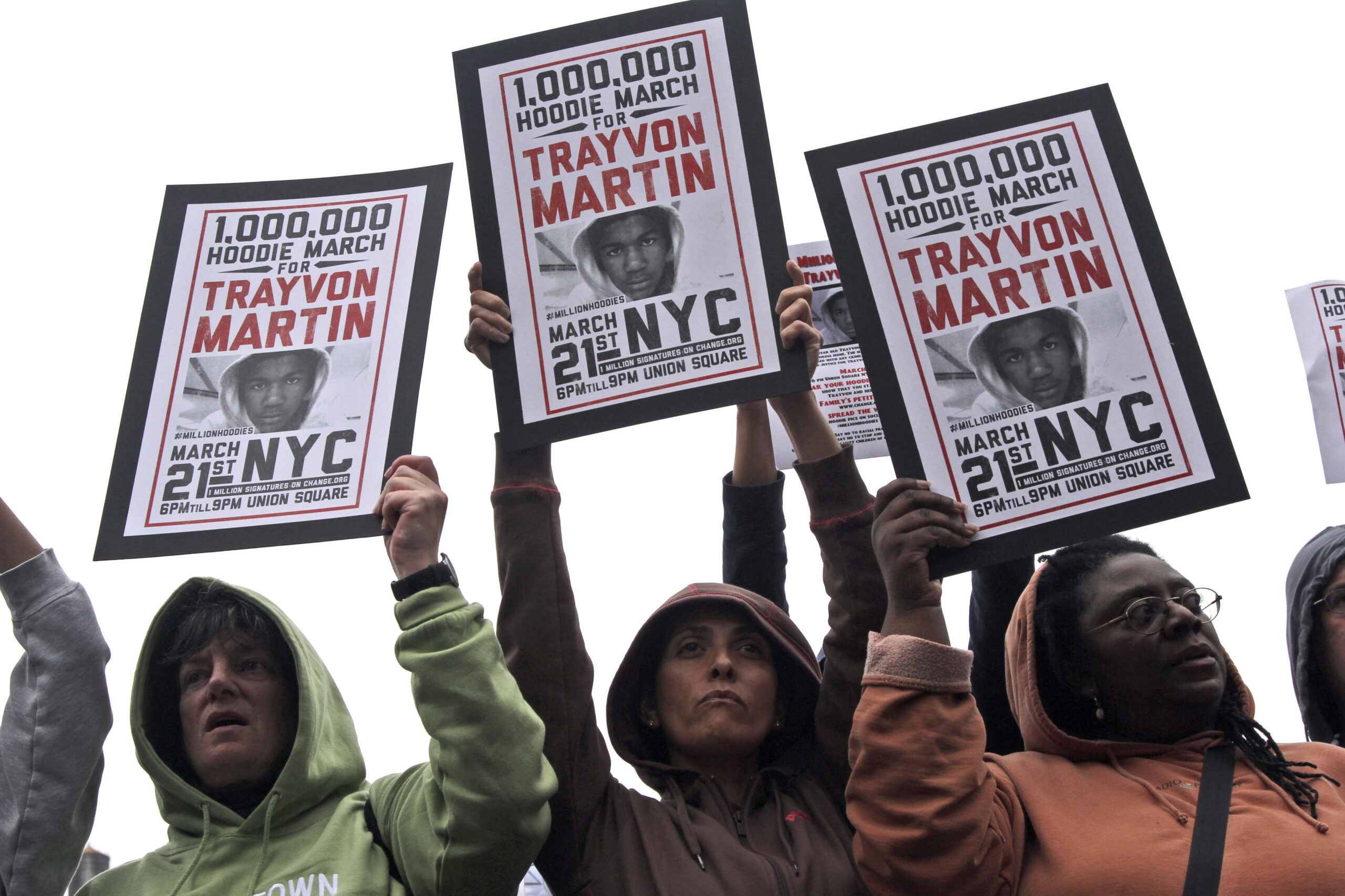A sweeping synthesis of gun policy research has found supportive evidence that “stand your ground” and shall-issue concealed carry laws increase levels of violence, and that child access prevention policies reduce firearm injuries and deaths among children.
The conclusions come from the latest edition of the RAND Corporation’s Science of Gun Policy report, first published by the think tank in 2018. Researchers reviewed the efficacy of 18 popular gun policies, from background checks to red flag laws, and updated the previously published editions. To determine the evidence supporting each policy’s effect on gun injury and death, they analyzed hundreds of scientific studies published since 1995.
The new edition found supportive evidence that two popular gun policies increase rates of violence: “stand your ground” and shall-issue permitting laws.
“Stand your ground” laws remove a person’s duty to retreat before using deadly force in a self-defense situation. The law was first passed in Florida nearly two decades ago, and entered the public conversation following the killing of 17-year-old Trayvon Martin by George Zimmerman, a private citizen, in 2012. Thanks to aggressive lobbying, the policies have swept state legislatures; 38 states currently have a version on the books. In standalone studies, “stand your ground” has been linked to significant increases in firearm homicide.
Forty-one states have shall-issue concealed carry laws, which require licensing authorities to issue permits to any individual who meets a set of criteria. Requirements can vary from state to state, but can include firearm training and a background check. Ultimately, though, the issuing authority has no discretion over who can carry a gun. While shall-issue is used by a majority of states, several in recent years have dropped a licensing requirement to carry a gun entirely.
“Policymakers are going to make decisions based on a variety of factors, and we hope that this evidence is kept in mind,” said Rosanna Smart, one of the study’s researchers. “But there are going to be other considerations that have to be kept in mind to understand policies’ effectiveness in a generalizable way.”
At the same time, the RAND analysis found supportive evidence that child access prevention laws, which impose penalties on gun owners who fail to secure firearms around minors, reduce youth suicides and firearm injuries. Eighteen states and the District of Columbia have some form of child access prevention law.
The new edition also included more evidence to support the efficacy of gun policies in reducing violence, including minimum firearm age requirements, limits on magazine capacity, and domestic violence restraining orders.
To conduct their metastudy, researchers classified the effectiveness of policies based on the findings of existing research. They then graded the quality of the research to support a policy’s outcome on rates of violence, ranging from “no studies” to “supportive evidence.” To earn the designation of supportive evidence, the findings needed to be echoed by at least three studies, with at least two independent data sets.
Smart said she hopes the findings provide information to policymakers hoping to make their communities safer, and inform the future study of gun policy.
“States have to consider whether these laws are consistent with their stated aim of partially improving public safety,” she said.


